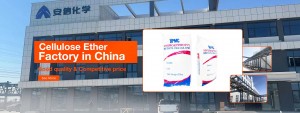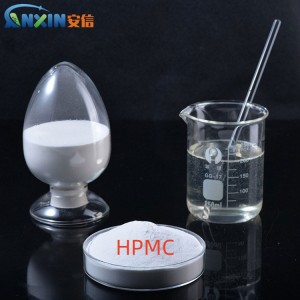The quality of hydroxypropyl methylcellulose (HPMC) is crucial for its application in industries such as construction, pharmaceuticals, food, and daily chemicals. High-quality HPMC significantly improves workability, thickening properties, and water retention. Low-quality products can lead to inconsistent quality and affect production efficiency.
1. Appearance and Basic Physical and Chemical Properties
1.1. Appearance Observation
High-quality HPMC is generally a white or slightly yellowish, odorless powder with a uniform texture and free of impurities. If it appears grayish, contains black specks, or contains impurities, it may contain unreacted raw materials or an unclean production environment.
1.2. Moisture Content
The moisture content of normal HPMC should be below 5%. Excessive moisture content can cause clumping or degradation during storage, affecting its performance.
1.3. Ash Content
Ash content reflects the residual inorganic salts in the product. High-quality HPMC should have an ash content below 1.5%. A higher ash content indicates that etherification byproducts have not been completely cleaned.
2. Solubility
HPMC should dissolve rapidly in cold water, forming a transparent or translucent colloidal solution. The dissolution process should be uniform, free of flocculent particles or precipitates. If large bubbles persist, this may indicate issues with purity or particle size distribution.
2.1. Transparency Test
Add a certain amount of HPMC to cold water, stir evenly, and let it sit for several hours. A high-quality product should have a clear, transparent solution. High turbidity indicates high impurities or incomplete etherification.
3. Viscosity Test
Viscosity is a key indicator of HPMC performance. High-quality HPMC products should exhibit stable viscosity and exhibit minimal viscosity fluctuations when tested at the same concentration and temperature.
Measurement Method: Measure with a 2% aqueous solution using an NDJ or Brookfield rotational viscometer.
Consistency: Viscosity variation within a batch should be within ±10%. Extensive viscosity fluctuations indicate poor product stability and are unsuitable for large-scale use.
4. Degree of Substitution and Etherification Uniformity
The degree of substitution of methoxy and hydroxypropoxy groups on the HPMC molecular chain affects its solubility, thickening properties, and thermal gelling properties. High-quality products should have a stable degree of substitution:
Methoxy content: approximately 19–24%
Hydroxypropoxy content: approximately 4–12%
Uneven degree of substitution can lead to unstable performance, poor dispersibility, and inconsistent gel points during application.
5. Application Performance Testing
The requirements for HPMC vary across different applications, and testing must be conducted based on actual applications:
5.1. Construction Industry
Water Retention: When used in mortar or putty, the water retention rate should exceed 98% to prevent rapid water loss.
Workability: High-quality HPMC significantly improves flow and lubricity, resulting in a smoother application and a softer feel.
5.2. Pharmaceutical Industry
Must comply with USP, EP, or ChP standards, with strict limits on heavy metals, microorganisms, viscosity, and degree of substitution.
HPMC for capsules or tablets has high requirements for purity and low residual solvents.
5.3. Daily Chemical Industry
It requires fast dissolution, high transparency, and a non-irritating odor, making it suitable for use in detergents and skincare products.
6. Test Reports and Certifications
High-quality HPMC should be accompanied by a complete quality inspection report, covering physical properties, chemical indicators, and microbial limits. It should also pass international certifications such as ISO, FSSC 22000, HALAL, and KOSHER, demonstrating a standardized and reliable production process.
The quality of HPMC requires a comprehensive consideration of multiple factors, including appearance, physical and chemical indicators, viscosity, solubility, and application performance. When purchasing or selecting products, it is recommended to choose well-known brands and manufacturers with strict quality control systems, and to evaluate their actual performance based on pilot test data. Only through comprehensive control can the final product’s stable performance and excellent results be ensured.
Post time: Jul-31-2025








